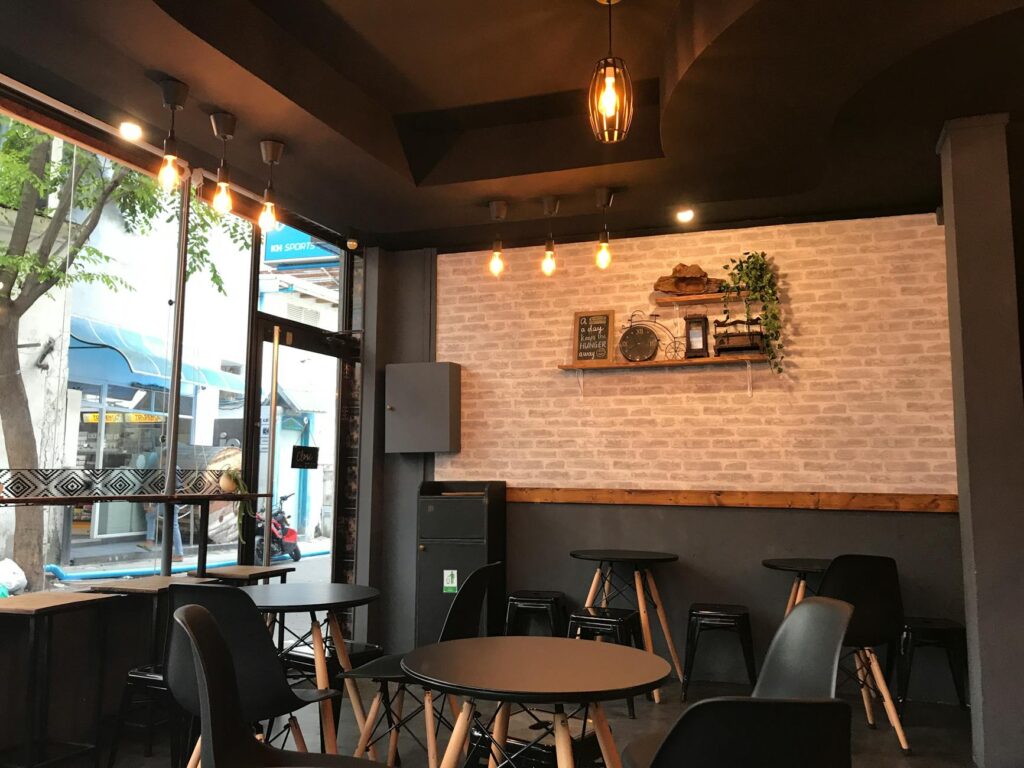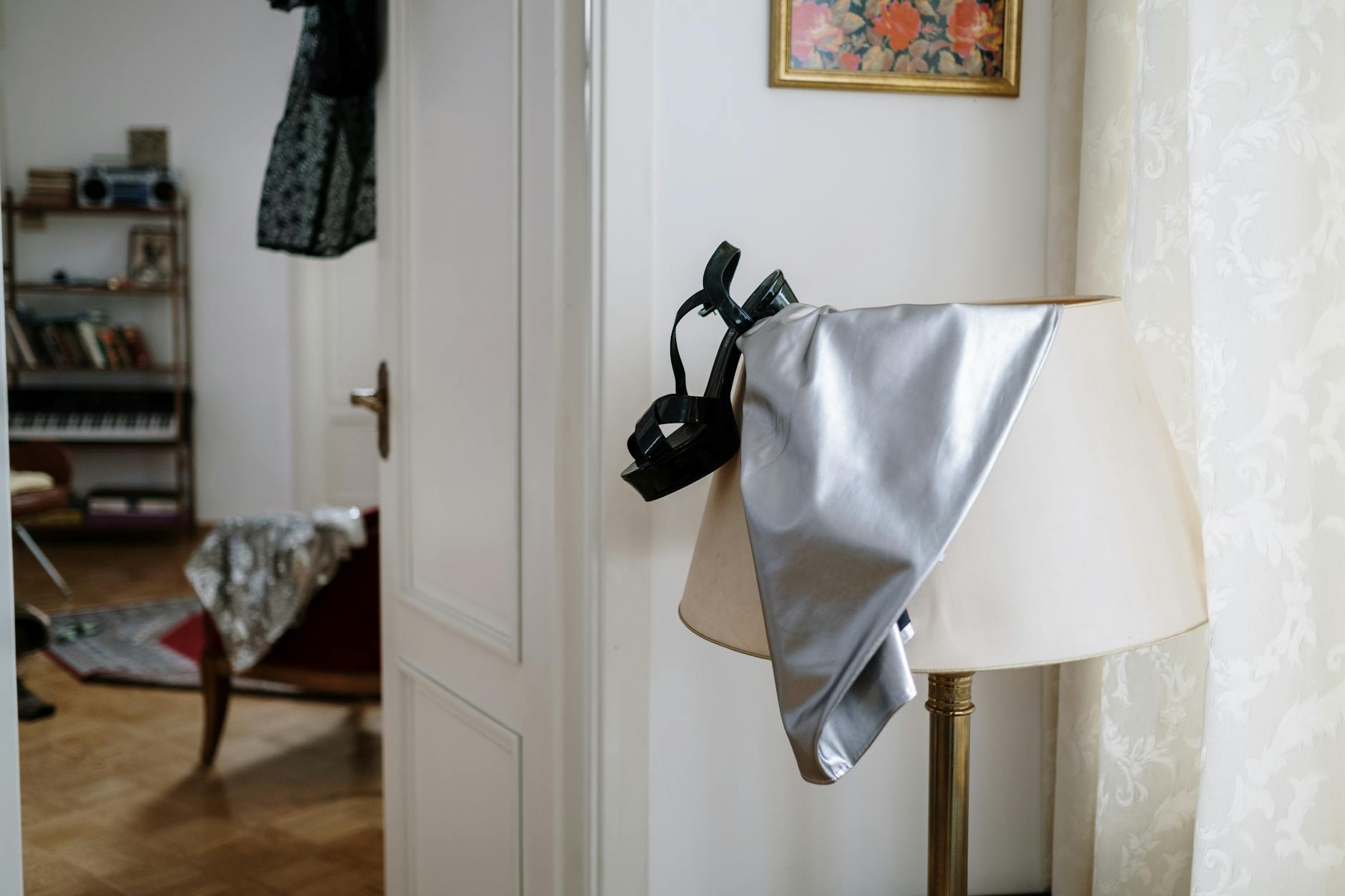The art of lighting design is like painting with light, where the canvas is our living or working space. By understanding and applying the three layers of lighting—task, accent, and ambient—we can create environments that are both functional and visually appealing. This guide will walk you through the essentials of each lighting layer and how to harmonize them for the perfect illumination in your space.
Introduction to the 3 Layers of Lighting
Lighting design transcends mere functionality; it’s about creating moods, enhancing spaces, and ensuring comfort. The three core layers—task, accent, and ambient—serve distinct purposes but work together to produce a balanced and effective lighting scheme.

The Importance of Task Lighting
Task lighting is all about functionality. It’s the most focused lighting layer, designed to provide ample illumination for specific tasks like reading, cooking, or working. Proper task lighting reduces eye strain and increases productivity, making it a crucial component in any lighting design.
Accent Lighting: Highlighting and Atmosphere
Accent lighting serves an aesthetic role, focusing light on specific areas or items to create visual interest and draw attention. Whether lighting up artwork, architectural details, or simply creating a warm glow in a room, accent lighting adds depth and dimension to a space.

The Role of Ambient Lighting
Ambient lighting, or general lighting, provides an area with overall illumination. It’s the foundational layer that ensures spaces are comfortably lit, allowing for safe and easy movement. Ambient lighting often comes from ceiling fixtures, but can also be supported by floor lamps, recessed lighting, or natural light.
Combining the Layers for Perfect Balance
Mastering the art of lighting involves understanding how to blend these three layers effectively. By adjusting the intensity, direction, and source of each layer, you can create a space that feels both cohesive and dynamic.
Practical Tips for Implementing the 3 Layers
Implementing the three layers of lighting doesn’t have to be complex. Start by identifying the primary function of each room, consider the use of natural light, and then strategically place your task, accent, and ambient sources for optimal results.
Challenges in Lighting Design
Navigating constraints such as room size, ceiling height, and natural light availability can be challenging. However, with creativity and the right approach, these limitations can be overcome to achieve a well-lit space.
Future Trends in Lighting Design
As technology advances, so do lighting solutions. LED innovations, smart lighting systems, and sustainability practices are shaping the future of lighting design. Staying informed about these trends can inspire more efficient and captivating lighting designs.

In conclusion, the layers of task, accent, and ambient lighting form the foundation of any successful lighting design. By considering and implementing these layers thoughtfully, you can transform any space into a well-illuminated, inviting environment. Remember, the best lighting design not only looks good but also feels right and meets the functional needs of its users.
Frequently Asked Questions
How do I choose the right lighting fixtures for each layer? Consider the function of the space, the style of your decor, and the intensity of light needed. Combining various fixture types can also add depth and character to your lighting design.
Can I use smart lights for all three layers? Absolutely! Smart lights offer flexibility and control, allowing you to adjust brightness, color temperature, and even color to suit different needs and moods.
Is natural light considered part of ambient lighting? Yes, natural light is a form of ambient lighting and should be maximized wherever possible to complement artificial lighting solutions.
What are the biggest mistakes to avoid in lighting design? Overlooking the importance of layering, ignoring the role of shadows, and neglecting task lighting in critical areas are common mistakes that can impact the functionality and aesthetics of your space.
How can I update my lighting without a major renovation? Simple changes like replacing bulbs with LED options, adding dimmer switches, and introducing portable lamps can significantly enhance your lighting without the need for extensive remodeling.





